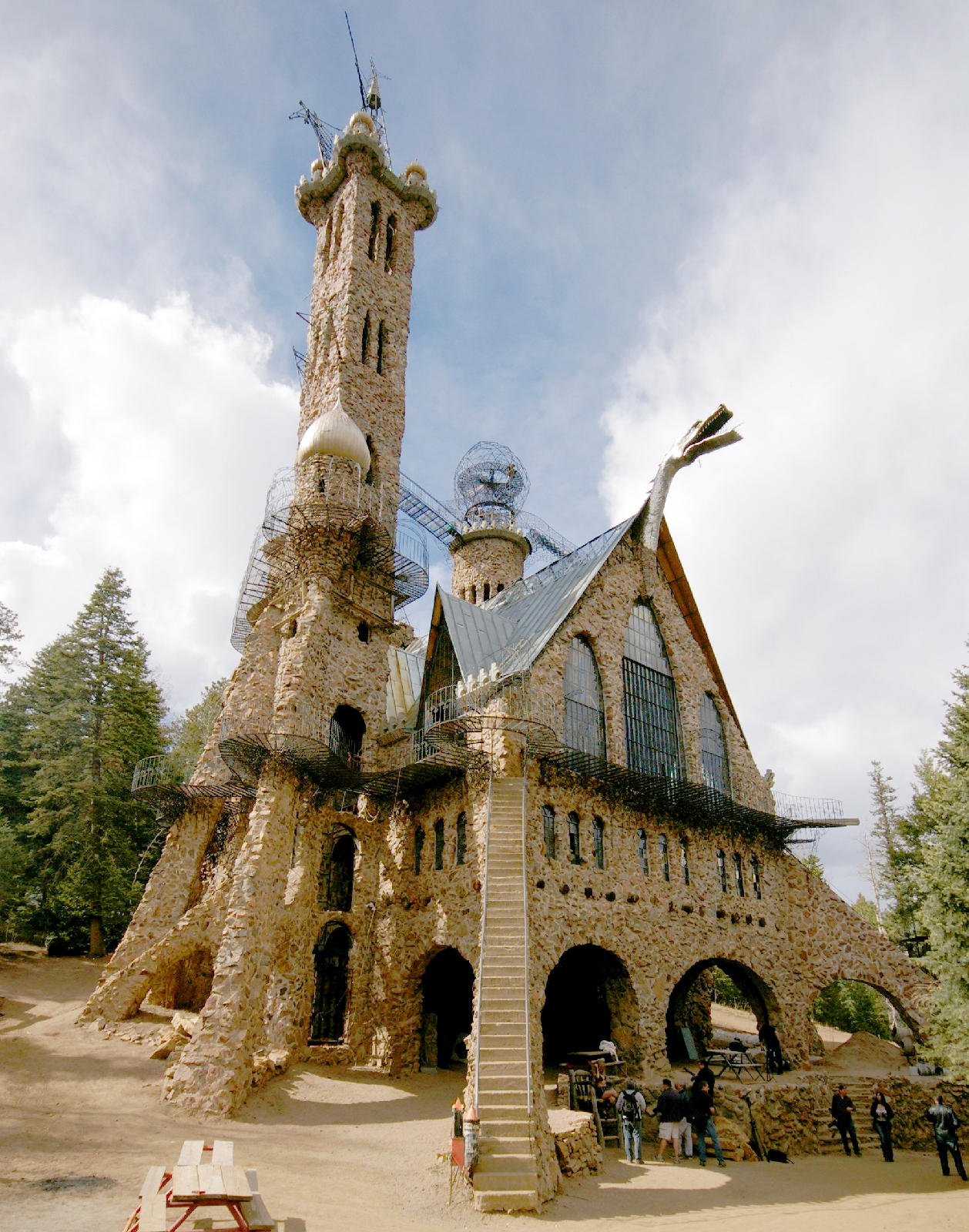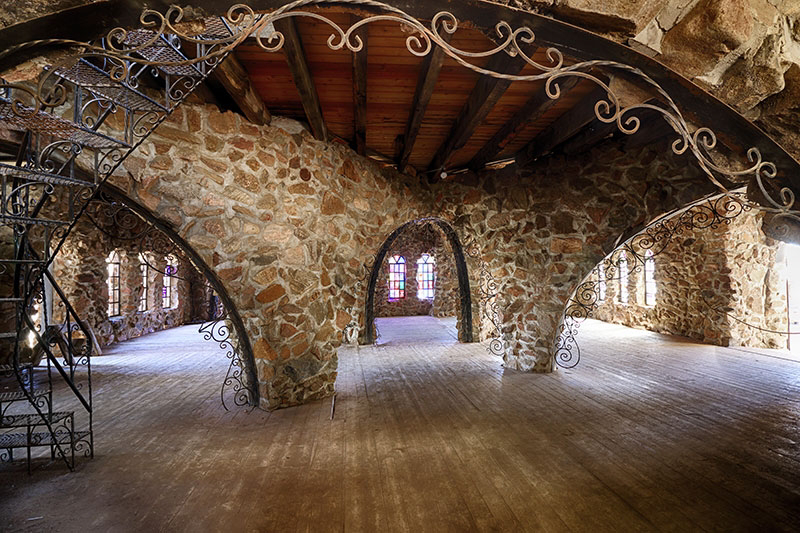Colorado, a state renowned for its breathtaking natural beauty, is adorned with numerous hidden gems that capture the imagination and intrigue of visitors. One such gem is the remarkable Bishops Castle, a stunning architectural wonder tucked away in the picturesque San Isabel National Forest. This awe-inspiring structure is a testament to the creative vision and determination of one man, Jim Bishop, who single-handedly built this castle over several decades.
**A Glimpse into the History**
The story of Bishops Castle begins in 1969 when Jim Bishop, then just 15 years old, purchased two-and-a-half acres of land near the small town of Rye, Colorado. Jim's initial intention was to construct a modest cabin, but his dreams quickly outgrew the original plan. Driven by an unyielding passion for construction and architecture, he embarked on an extraordinary journey of craftsmanship and creativity.
Jim Bishop's work on the castle has been a lifelong endeavor. With no formal architectural training, he began the construction with simple hand tools and gradually expanded the castle's design with each passing year. What started as a modest cabin evolved into a grandiose castle that now stands over 160 feet tall and boasts multiple towers, bridges, and intricate metalwork.
**A Testament to Perseverance**
The construction of Bishops Castle has been a true labor of love and a testament to the power of determination. Jim Bishop's unwavering commitment to his vision is evident in every stone, every archway, and every stairwell of this extraordinary structure. Despite facing numerous challenges over the years, including threats of government intervention, Jim persevered, making Bishops Castle a unique and awe-inspiring attraction for visitors from all over the world.
**Open to the Public**
Today, Bishops Castle stands as a testament to human ingenuity and a living example of what one person can achieve with determination and passion. The good news for curious travelers is that Bishops Castle is open to the public, offering a rare opportunity to explore a real-life fairytale castle.
**Hours of Operation**
The castle is generally open year-round, and visitors can explore it from dawn till dusk. The experience of strolling through the magnificent towers and traversing the narrow passageways is a thrilling adventure that appeals to people of all ages.
For more information about visiting Bishops Castle, including directions, special events, and updates on any temporary closures, you can visit the official website: [Bishops Castle Website](https://www.bishopcastle.org).
**In Conclusion**
Bishops Castle stands tall as a symbol of the unyielding spirit of human creativity and determination. Jim Bishop's remarkable vision and relentless effort have created an architectural masterpiece that continues to captivate the hearts of visitors. If you find yourself in Colorado, make sure to take a detour to the San Isabel National Forest and experience the magic of Bishops Castle firsthand. As you marvel at its towers and winding pathways, let the story of one man's dream inspire you to chase your own passions and overcome any obstacle that comes your way.



















































